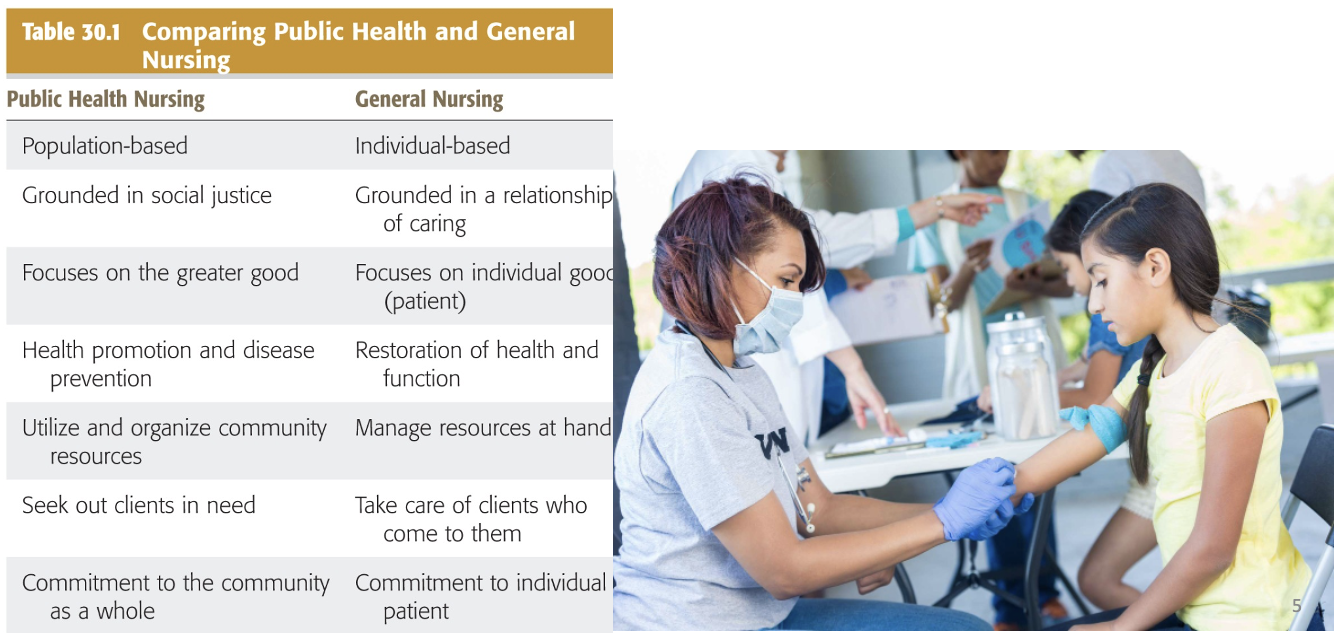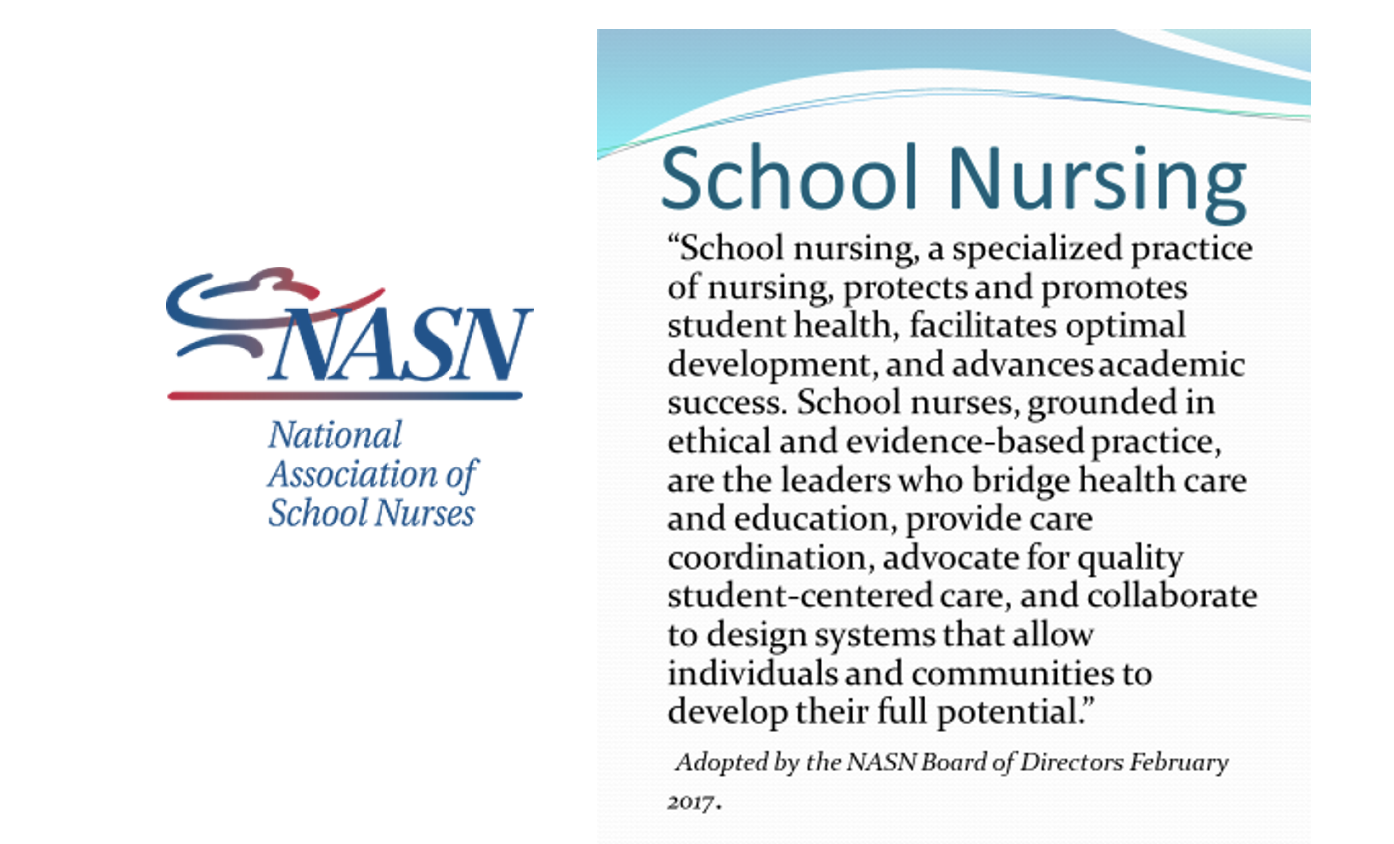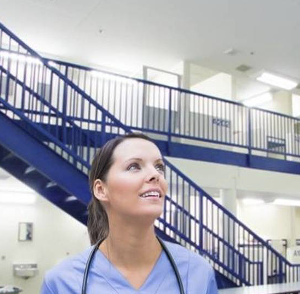Public and Private Settings for Community Health Nursing
1/21
Earn XP
Description and Tags
Ch. 28 & 29
Name | Mastery | Learn | Test | Matching | Spaced |
|---|
No study sessions yet.
22 Terms
Public vs Private Settings
Public:
School Nursing (can be both public and private)
Correctional Nursing
U.S. Governmental Nursing Agencies
Occupational & Environmental Health Nursing
Private:
Entrepreneurship
Nurse Center Models (organizations managed/ran by nurses)
Faith-Based Nursing
Qualities Needed to Become a Public Health Nurse
Education entry-level BSN
Key Functions:
The health of the populations, community needs, and priorities.
Caring relationships (individuals, families, communities, and systems).
Grounded in cultural sensitivity
Understand all aspects of health; use strategies motivated by epidemiologic evidence, and individual and collaborative strategies to achieve results.

Public Nurse’s Approach
Setting: Community Health Initiative
Community Assessment:
The public health nurse first assesses community-level data to identify the prevalence of childhood obesity and its contributing factors, such as access to healthy foods and safe recreational areas.
They gather information through surveys, focus groups, and collaboration with local schools and organizations.
Program Development:
Based on the assessment, the PHN designs a community-based intervention program targeting childhood obesity.
The program includes nutrition education workshops, cooking classes, and physical activity events for families.
Collaboration and Outreach:
The public health nurse collaborates with schools, local government, and community organizations to implement the program.
They engage parents, caregivers, and children in discussions about healthy lifestyle choices and barriers to accessing healthy foods.
Ongoing Evaluation:
The PHN implements evaluation methods to assess the effectiveness of the program, such as tracking BMI changes and surveying participant satisfaction.
They adjust the program based on feedback and outcomes to better meet community needs.
Advocacy:
The public health nurse advocates for policies that promote access to healthy foods, such as farmers' markets or community gardens, and safe recreational spaces for children.
Public Health Funding and Governmental Structures
National Policy: The Federal Government oversees national policy and funding, provides funding, provides expertise, and sets a national agenda.
State Agencies: The U.S. Constitution bestows states with the responsibility to safeguard the health and their citizen.
Local Public Health: Carry out state laws and policies. Operate programs with state and federal funding.
Nursing Roles (ADPIE)
Assess
Diagnose
Plan
Implement
Evaluate
Federal Public Health Nursing
Example: National Health Campaign for Diabetes Prevention
Assessment:
Federal public health nurses assess the national prevalence of diabetes using data from health organizations and research studies to understand the scope of the issue.
Diagnosis:
They identify a diagnosis of rising diabetes rates among specific populations, indicating a need for targeted prevention efforts.
Planning:
The nurses develop a national campaign that includes educational materials, resources for healthcare providers, and community engagement strategies to promote healthy lifestyles.
Implementation:
The campaign is rolled out through various media channels, community workshops, and partnerships with healthcare providers to disseminate information and resources.
Evaluation:
The federal nurses evaluate the campaign by analyzing health data to track changes in diabetes prevalence and assessing community feedback on the effectiveness of the resources provided.
State Public Health Nursing
Example: Tobacco Cessation Initiative
Assessment:
State public health nurses conduct assessments to evaluate tobacco use rates across different demographics in the state using health surveys and data analysis.
Diagnosis:
They identify a diagnosis of high tobacco use rates among adolescents, which poses significant health risks and costs to the healthcare system.
Planning:
The nurses develop a comprehensive tobacco cessation program tailored for adolescents, including educational resources, counseling services, and support groups.
Implementation:
The program is launched in collaboration with schools and community organizations, providing workshops, counseling sessions, and access to cessation resources such as quitlines.
Evaluation:
The effectiveness of the initiative is evaluated through follow-up surveys assessing changes in tobacco use among participants and overall community awareness of the dangers of smoking.
Local Public Health Nursing
Example: Childhood Immunization Program
Assessment:
Public health nurses assess the immunization rates in the community by collecting data from schools and clinics.
They conduct surveys to identify barriers to vaccination, such as lack of awareness or access to healthcare services.
Diagnosis:
Based on the assessment, the nurse identifies a diagnosis of low immunization coverage among children in the community, potentially leading to increased risk of vaccine-preventable diseases.
Planning:
The nurse develops a plan to increase immunization rates, which may include organizing vaccination clinics, educational outreach programs for parents, and partnerships with local schools.
Implementation:
The nurse implements the plan by conducting vaccination clinics, distributing educational materials, and hosting community workshops on the importance of immunizations.
Evaluation:
After the clinics, the nurse evaluates the effectiveness of the program by tracking immunization rates and gathering feedback from participants to assess changes in knowledge and attitudes.
Federal and Public Health Nursing Careers
Federal/state level:
Dept. of Veterans Affairs (VA)
Department of Health & Human Services (HHS)
Indian Health Services (IHS)
Centers for Disease Control and Prevention (CDC)
National Institutes of Health (NIH)
Substance Abuse and Mental Health Services Administration (SAMHSA)
Agency for Toxic Substances and Disease Registry (ATSDR)
Agency for Health Care Research and Quality (AHRQ
Non-Civilian Public Health Nursing:
Uniformed services such as Army, Navy, Marines, Air Force, Coast Guard, and NOAA and U.S. Public Health Services Commissioned Corps.
D. U.S. Food and Drug Administration (FDA)
Which of the following agencies is primarily responsible for ensuring the safety and efficacy of medications, vaccines, and medical devices in the United States?
A. Indian Health Services (IHS)
B. Centers for Disease Control and Prevention (CDC)
C. National Institutes of Health (NIH)
D. U.S. Food and Drug Administration (FDA)
School Nursing (image)

Responsibilities of the School Nurse
Promote Health
Identifies health-related barriers to learning
Care of children with special needs
Screenings
Medication administration
Staff training
Functions of School Nursing Practice
Health services for individuals with chronic conditions
Prevent and promote health
Health education and promotion
Promotion of healthful school environment
School Nursing in Georgia
1998 Tobacco Master Settlement agreement – allocates funds annually for School Nurses in Georgia through the Georgia Department of Education
1,600 Licensed School Nurses employed in Georgia (Georgia DOE)
Schools also utilize unlicensed assistive personnel (Healthcare Tech, Clinic Assistant, etc.)
39% of Georgia Schools have a School Nurse full-time every day
2,200 public schools and 757 (FY2025) private schools in GA
1,752 schools need a School Nurse full-time every day
Why be a School Nurse? Relationship Between Optimal Wellness and Readiness to Learn
“Academic achievement and education seem to be critical determinants of health across the life span and disparities in one contribute to disparities in the other (Gopalan & Edara, 2023).”
Educational attainment is a key social determinant of health and health policies can affect educational outcomes.
Improving physical health enables students to learn better.
Poor school performance results in hunger, physical and emotional abuse, chronic conditions
School health programs can have positive impacts on educational outcomes as well as health-risk behaviors and health outcomes.
B. They reduce absenteeism by providing better health care management.
How do school-based health programs, such as school nursing, impact educational outcomes?
A. They significantly improve test scores across all subjects.
B. They reduce absenteeism by providing better health care management.
C. They primarily focus on increasing the number of teachers.
D. They offer scholarships and financial aid for higher education.
Correctional Nursing: Functions
Restore and maintain the health of inmates
Track and screen for communicable diseases
Assist in setting up resources for continuing care after release
Educate and promote a healthy lifestyle
Assist in assessing medical conditions

Private Settings: Nurse Center Models
Bethesda Community Clinic
Grady Infection Disease Program
Ryan White HIV/AIDs Program
Telehealth Programs
Health Insurance Services (United Healthcare and Kaiser Permanente Medical Facilities)
Private Settings: Faith Community Nursing
Faith-Based nurses work in close relationships with Pastor, pastoral staff, and medical providers
Also, Individuals, families, and faith communities to establish programs and services that significantly affect health, healing, and wholeness
Address universal health problems
Also known as Health Ministries, Parish and Congregational Nursing
Roles of the Faith Community Nurse/Parish Nurse
Health educator
Health counselor
Advocate
Referral agent
Developer of support groups
Coordinator of volunteers
Integrator of faith and health
Private Settings: Occupational Health Nursing
Purpose: to ensure a healthy and productive workforce
Roles:
Consultant
Educator
Role Model
Nurse Entrepreneur: Opportunities
Dialysis Center
Wellness Center
Nurse Educator
Retail Business